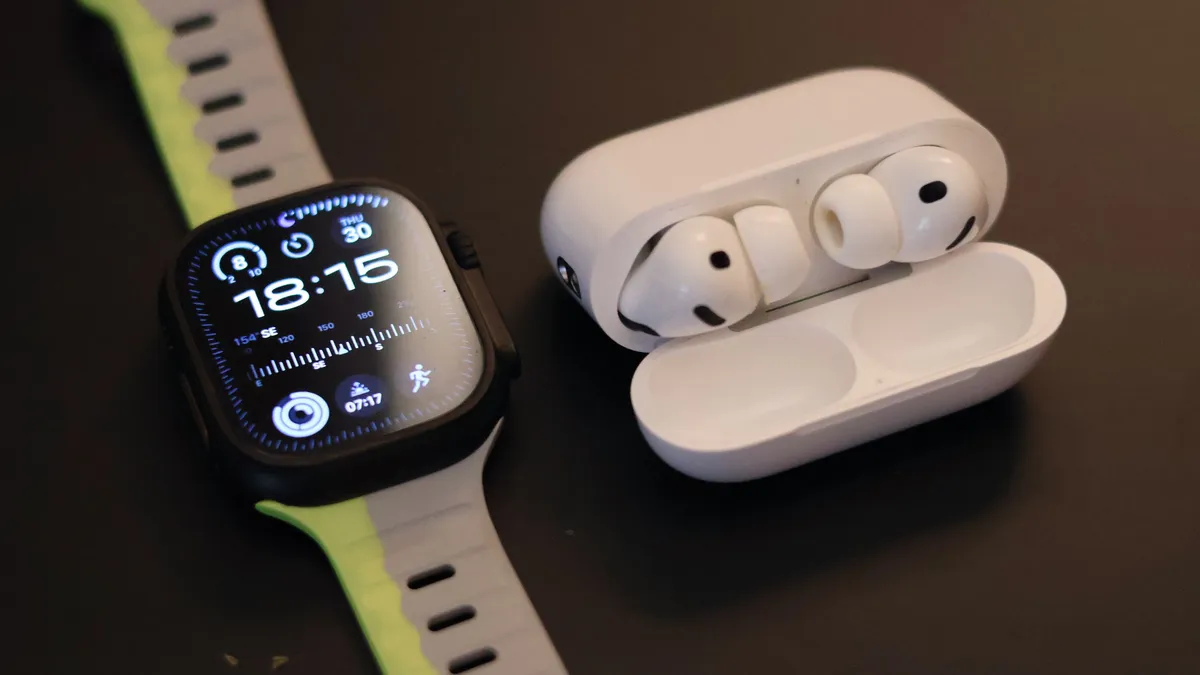
With the anticipated launch of the AirPods Pro 3 in 2025, there's a compelling argument for their inclusion in Apple's lineup of fitness wearables, alongside the iconic Apple Watch. These innovative earbuds not only feature remarkable enhancements like Active Noise Cancellation and a more comfortable fit, but they also introduce a groundbreaking capability: heart rate sensing. While Apple's Beats Powerbeats Pro 2 earlier this year offered heart rate monitoring, the AirPods Pro 3 marks the first time that in-ear heart rate tracking is becoming mainstream for Apple.
The AirPods Pro 3 can be utilized in conjunction with the Apple Watch to enrich your fitness experience or serve as a standalone health companion. While heart rate monitoring is just one feature among many, it adds significant value to these already impressive earbuds.
Several enhancements make the AirPods Pro 3 an excellent choice for fitness enthusiasts. First, Apple has made substantial improvements to the fit and comfort of these new models. Unlike earlier iterations that would frequently fall out during rigorous workouts, the latest design offers a secure and stable fit. The new foam tips are notably sturdier and more reliable, ensuring that they remain in place even during the most challenging exercises.
Another significant upgrade is the improved noise cancellation. When exercising in a bustling gym or on a noisy street, the ability to block out distractions is crucial. The noise-canceling feature in the AirPods Pro 3 is impressive, allowing for a serene workout environment, free from the clamor of clanking weights and loud conversations.
Perhaps the most impactful feature for fitness is the heart rate sensing capability. Equipped with advanced sensors, the AirPods Pro 3 can monitor your heart rate and track workouts across more than 50 different workout profiles, all integrated with the Fitness app on your iPhone.
In my quest to evaluate the performance of the new AirPods Pro 3, I engaged in extensive testing. I wore them daily for various workouts, including strength training, running, and walking, totaling over 50 sessions of varying intensity. To assess their accuracy, I compared data from my AirPods with that from the Apple Watch Ultra 3 during a one-hour strength workout, each connected to different devices.
The results were generally favorable. My Apple Watch Ultra 3 recorded a workout duration of 56 minutes and 41 seconds, burning 435 active calories and averaging a heart rate of 118 BPM. In contrast, my workout with the AirPods Pro 3 was 56 minutes and 40 seconds, with an average heart rate of 119 BPM, 519 active calories burned, and a total of 601 calories. The heart rate data from both devices tracked closely, demonstrating impressive accuracy.
However, there were some notable differences. For instance, the AirPods Pro 3 do not provide heart rate zone information as the Ultra 3 does. This limitation is surprising, considering both devices are capable of processing this data. Furthermore, there was a discrepancy in the calorie burn metrics, leading me to trust the Apple Watch more for this particular measurement due to its additional accelerometer data.
Nonetheless, the AirPods Pro 3 performed admirably in terms of heart rate tracking. During my tests, they consistently matched the Apple Watch in terms of heart rate updates, often synchronizing closely when I checked between sets. While there's room for improvement, their performance in tracking heart rate is commendable.
In summary, the heart rate sensing feature of the AirPods Pro 3 is likely a valuable enhancement to an already outstanding audio product, rather than a replacement for dedicated fitness trackers. Serious fitness enthusiasts seeking comprehensive metrics for calorie tracking or heart rate monitoring would benefit more from a specialized fitness device. However, Apple has clearly invested significant effort into perfecting the AirPods Pro 3, making them a worthwhile addition for those who enjoy both music and fitness.
For users who own both the AirPods Pro 3 and an Apple Watch, the synergy between the two devices enhances the overall fitness experience. When paired, they can share data, selecting the most accurate heart rate readings over the past five minutes, thereby improving monitoring accuracy. While they cannot aggregate heart rate data into a single score, having two heart rate monitors significantly boosts reliability, especially if your watch becomes loose or you temporarily remove an earbud to chat during workouts.